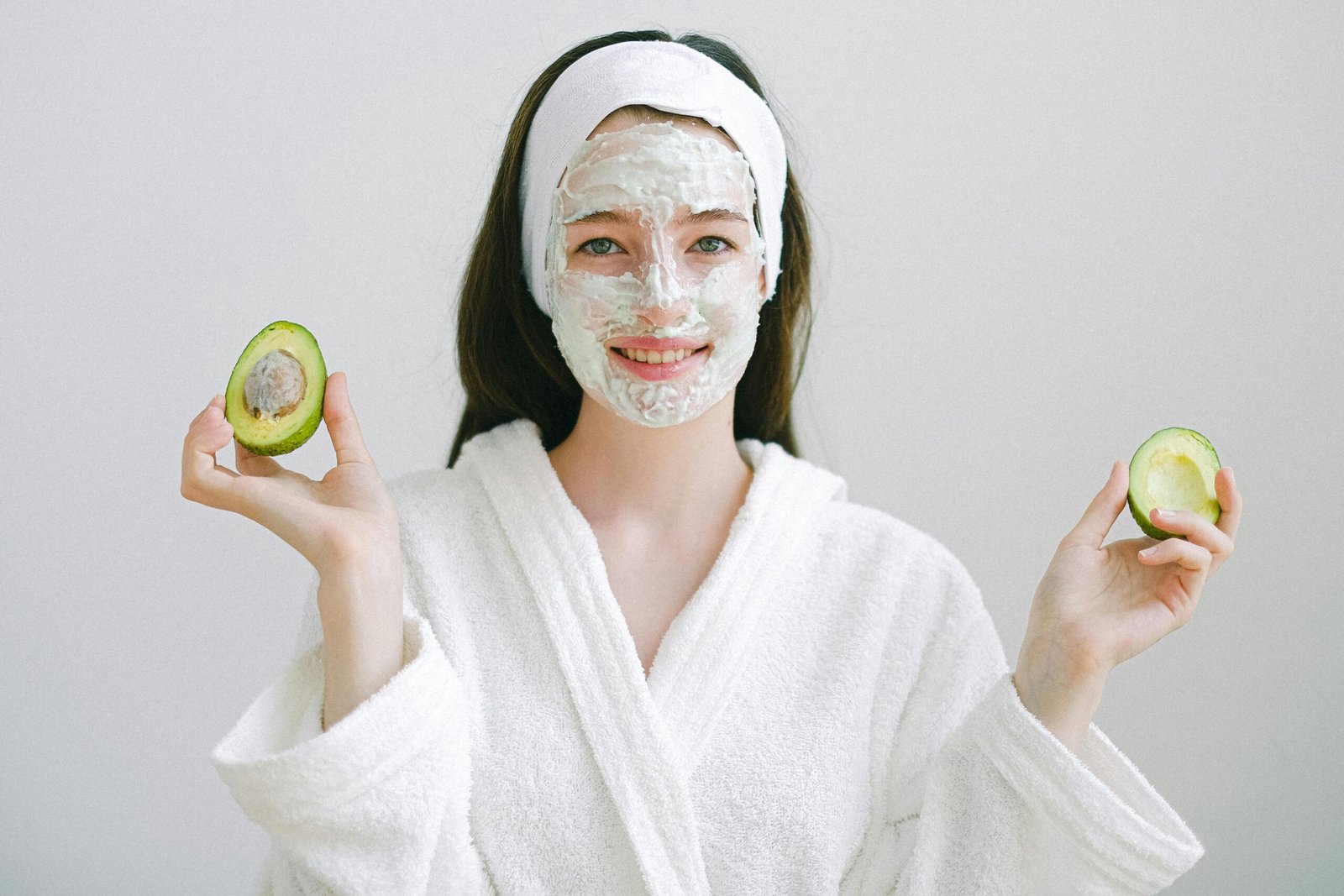Exposure to sunlight, especially without proper protection, can lead to the accumulation of dead skin cells, sunburn, and even long-term damage like hyperpigmentation or dryness. Deroofling this layer of exfoliated stratum is crucial to skin rejuvenation, renewing its natural appearance, and skin health in general. Effective ways to treat sun-damaged and dead skin effectively while revitalizing the skin are presented here.
How to Remove Sunlight-Damaged Dead Skin: A Comprehensive Guide
- Gentle Cleansing and Exfoliation
- Exfoliation is the most effective way to prevent accumulation of dead skin cells, but it is important to avoid excessive irritation by performing it gently.
- Physical Exfoliation: Physical Exfoliation:
- Apply soft scrub based on ingredients such as sugar, oatmeal, or fine coffee grounds.
- Gently rub the scrub over damp skin in circles for 1-2 minutes.
- Rinse with lukewarm water.
- Chemical Exfoliation: Chemical Exfoliation:
- Select products containing alpha hydroxy acids (AHAs) such as glycolic acid or lactic acid. These dissolve dead skin cells without causing abrasion.
- Apply as directed, typically once or twice a week.
- Pro Tip: Avoid harsh scrubs, especially if your skin is sunburned or sensitive.
2.Hydration and Moisturization
- Sun exposure is very likely to dehydrate the skin making it subject to peeling and flaking. Skin hydration and moisturization are key in restoring its barrier function and preserving elasticity.
- Apply a hydrating toner/serum containing hyaluronic acid to retain the moisture.
- Apply a soothing moisturizer containing ingredients such as aloe vera, ceramides, or chamomile following exfoliation.
- Drink lots of water to make your skin moist from imbibition.
3.Use Natural Remedies
Natural remedies can be effective and soothing, especially for mild sunlight damage.
Aloe Vera Gel:
- Contains soothing and healing properties.
- Apply fresh aloe vera gel to lesion, keep for 20 min, and wash off with water.
- Honey and Yogurt Mask: Honey and Yogurt Mask:
- Combines 1 tablespoon of honey with 2 tablespoons of yogurt.
- Make the mixture and apply it to skin, leave it on for 15 min and rinse out.
- Yogurt administering lactic acid for mild exfoliation, and honey as a natural humectant.
Cucumber Slices:
Place chilled cucumber slices over the face for a cooling effect and to moisturize.
4.Avoid Aggressive Treatments
- Although the clearing of dead skin is important, over-scrubbing or excessive use of peeling agents may exacerbate photodamage.
- Avoid strong peels or exfoliants on sunburned skin.
- Let your skin heal naturally before introducing active ingredients.
5.Wear Sunscreen
- Prevention is better than cure, and wearing sunscreen helps protect your skin from further damage.
- Select a broad-spectrum sunscreen with an SPF of a minimum of 30.
- Reapply every 2 h, even in sunlight exposure, particularly after sweating or bathing.
- Oprotection with sunscreen containing zinc oxide or titanium dioxide.
6. Seek Professional Treatments for Severe Damage
- When your skin has symptoms of severe solar damage, such as, deep pigmentation, fine wrinkling or refractory stratum corneum, seek professional treatments: .
- Chemical Peels: Chemical Peels:
- Performed by pathologists, these strip the superficial injured layer of the skin, facilitating the wound healing.
Microdermabrasion:
A non-contact method that removes desquamation through the application of tiny crystals or a diamond-tipped wand.
Laser Treatments: Laser Treatments:
Target pigmentation and stimulate the synthesis of collagen for sustained skin regeneration.
7. Use Retinoids for Skin Renewal
- Retinoids (vitamin A esters) stimulate skin fibroblast proliferation and turnover, which contribute to the disappearance of damage and to a fresh skin appearance.
- Begin with an over-the-counter retinol or obtain prescribed-strength retinoids from a dermatologist.
- To use at night, as retinoids can sensitize the skin to sunlight.

- Maintain a Healthy Diet
- What you eat influences the skin’s capacity to heal and regenerate.
- Consume foods rich in antioxidants (e.g., berries, spinach, green tea) to combat free radicals caused by sunlight.
- [Include] omega-3 fatty acids (e.g., salmon, walnuts) to prevent skin laxity.
- Vitamin C-enriched foods (e.g., oranges, bell peppers) contribute to collagen synthesis and dermal repair.
2.Avoid Irritants
Until the skin is healed, do not use products with alcohol, synthetic ingredients, and irritating substances which can remove the natural oils of the skin. Opt for gentle, hypoallergenic skincare products.
Patience is Key
Treating sun damage and removing keratinized skin is a process of time. Continue the same regimen, protect the skin from additional exposure and concentrate on by both internal and external needs.
By using the following procedure, it is possible to safely and efficiently peel away sun-damaged, dead skin to expose healthier, more radiant skin with visible improvement over time.











